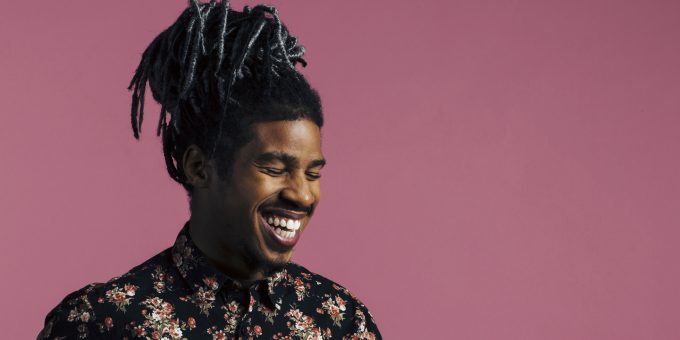
iStockPhoto.com // CarlosDavid.org
Stranded: The Gendered Shortcomings of the CROWN Act
On February 22, 2024, Darryl George received the verdict that his barrel-rolled locs were not protected by the CROWN Act. A high school student in Texas, George faced multiple academic suspensions for violating his school district’s grooming policy.
The CROWN Act (Creating a Respectful and Open World for Natural Hair), which prohibits race-based hair discrimination in employment, education, federally assisted programs, housing, and public accommodations, was signed into Texas law last September. However, it makes no specific reference to hair length. Thus, the judge ruled that the dress code in question did not violate the CROWN Act. George would receive no legal protection—his locs would have to be cut.
George’s experience illustrates the ongoing battle for Black hair acceptance in America. Moreover, his story highlights a crucial shortcoming of the CROWN Act and conversations about Black hair acceptance more generally: Black men, and their hair-related experiences, are too often left out of the narrative.
As I explored recent research on perceptions of Black hair, I noticed that this literature focuses almost exclusively on Black women. Even articles discussing Black men have focused on how Black men perceive Black women’s hair or how they influence Black women’s perspectives. Men’s experiences— how they feel and think about their own hair, are missing from this literature.
Researchers have justified their focus on Black women by emphasizing that women and girls are more affected by hair-based discrimination than are men and boys. But as George’s experience shows, Black men and boys need protection, too. To address this, scholars must broaden the scope of their research to uncover new narratives centered on the experiences of Black men. Doing so will help us develop more inclusive and effective policies to combat this unique form of discrimination.
In my own ethnographic research, which centered on 33 interviews with adult Black men, I explored men’s perceptions of their own hair and how their personal experiences and interactions with others shaped their views. From this, I found that they often avoided hairstyles like braids and locs to escape race-based hair discrimination. While discussing influences for hairstyle choices, one participant mentioned instinctively cutting off his braids because he was one of fewer than five Black employees. He explained that the lack of representation in the room led him to believe that his long braids would not be considered professional. Another recalled removing his Jheri curls after struggling to find employment. The widespread perception of long as deviant led many participants to consider fade and taper haircuts in an effort to present as more professional.These stories add nuance to our understanding of race-based hair discrimination by revealing the gendered patterns underlying it. In George’s case, the CROWN Act did not fail to protect his locs, but it did fail to protect his hair length.
George’s school’s dress code had length restrictions that applied only to male students:
“Male students’ hair will not extend, at any time, below the eyebrows or below the ear lobes. Male students’ hair must not extend below the top of a t-shirt collar or be gathered or worn in a style that would allow the hair to extend below the top of a t-shirt collar, below the eyebrows, or below the ear lobes when let down.”
The length restrictions effectively prevent young Black men like George from wearing cultural styles such as locs, braids, and potentially afros, as these styles tend to require longer hair.
The CROWN Act clearly requires revision. George’s case demonstrates that length is an additional barrier to hair acceptance for Black men and must be included in legislation aimed at protecting Black people from hair-based discrimination. It also raises the question of what other protections we might be missing by failing to include the experiences of Black men. If we want to end race-based hair discrimination, legislation must protect Black people equally. To accomplish this, Black men need to join the conversation.
Aniya Watkins is a graduate student in the Department of Sociology at The Ohio State University. She studies culture, race/ethnic relations, and applied sociology.
